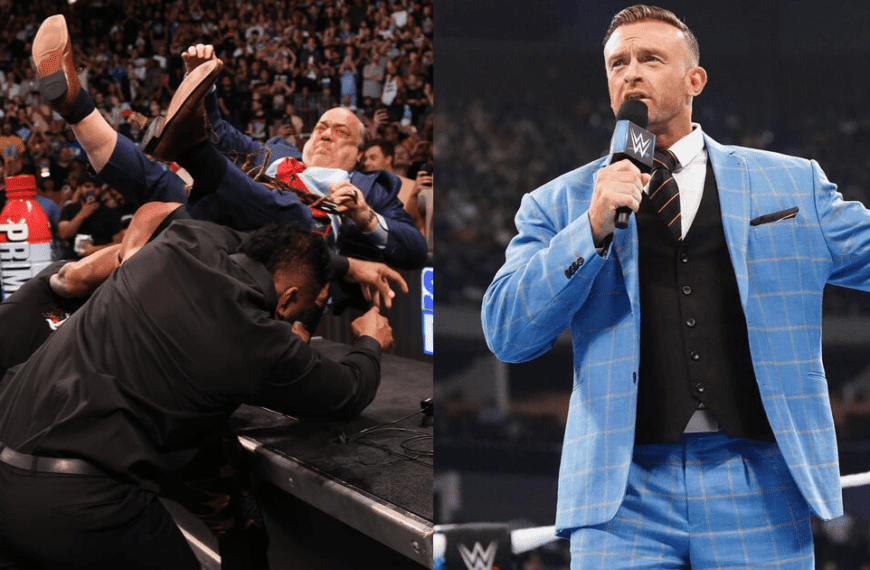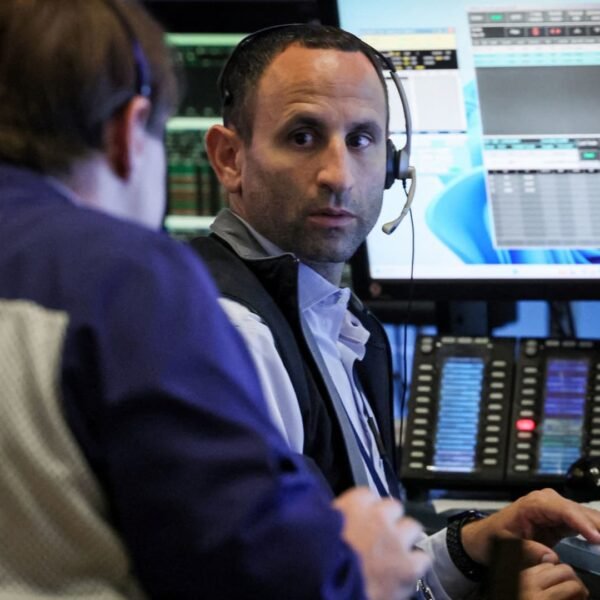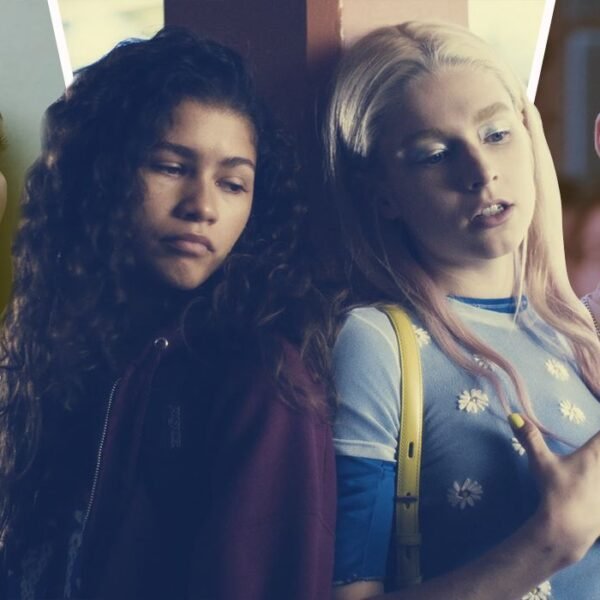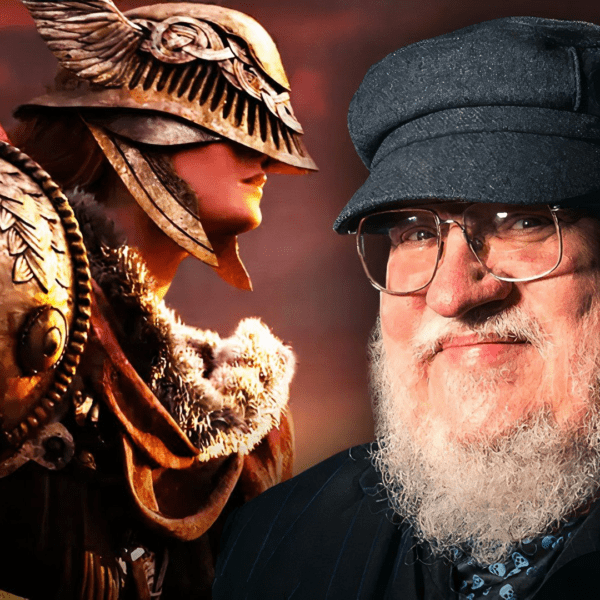Summary
- The Acolyte
recently debuted on Disney+, diving into the High Republic era before the Sith’s rise to power. - Creator Leslye Headland’s show draws inspiration from Akira Kurosawa in a mystery-thriller format.
- The series promises a morally ambiguous direction, delving into Jedi’s complacency and exploring a structure reminiscent of Kurosawa’s
Rashomon
.
It’s time to return to a galaxy far, far away yet again. Audiences recently saw the debut of The Acolyte, the newest series in Disney+’s Star Wars catalog, and it takes us further back in the timeline than ever. The show takes place at the tail end of the High Republic era, set roughly a century before the start of the prequel trilogy, and it focuses on the journey of a respected Jedi Master to investigate a series of crimes. Since The Acolyte unfolds before the Sith rose to power, the most exciting prospect is seeing the Jedi at the height of their powers, as well as how their complacency blinded them to impending danger.
Creator Leslye Headland, creator of the Netflix gem Russian Doll, has been vocal about her inspirations for the show, describing it once as “Frozen meets Kill Bill” during an interview with EW. Yet her biggest influence comes from one of cinema’s all-time greatest, Akira Kurosawa, no stranger to shaping the Star Wars universe, and specifically his groundbreaking structural gambit in Rashomon.
Star Wars Already Owes a Great Deal to Akira Kurosawa
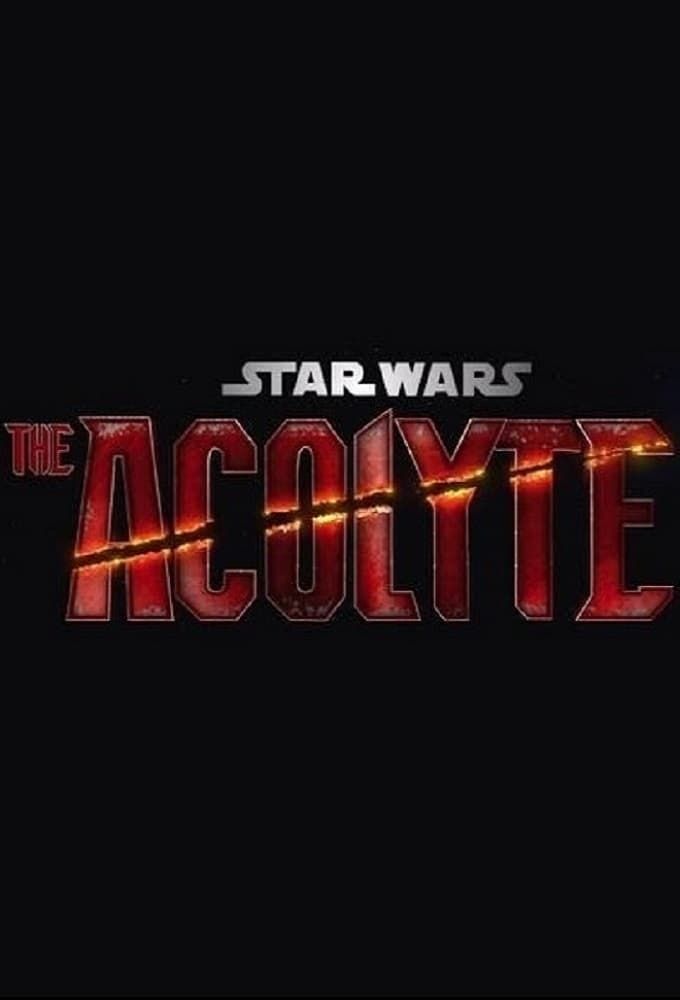
The Acolyte
- Release Date
- June 4, 2024
- Main Genre
- Sci-Fi
- Seasons
- 1
It’s obvious to note that Star Wars as a franchise may not be what we know and love without Akira Kurosawa. George Lucas famously shaped much of A New Hope’s structure around 1958’s The Hidden Fortress, which similarly focused on peasant soldiers helping a princess and her general across enemy lines. The characters, like rogue-with-a-heart-of-gold Han Solo, were modeled after similar archetypes found in Kurosawa’s samurai films (the two peasants from The Hidden Fortress, illustrated as outsiders to the conflict, specifically modeled C-3PO and R2-D2).
Kurosawa’s films also explored Japan’s ancient past, namely the times in which feudal military leaders, known as shoguns, ruled the country. The samurai were trained warriors with special privileges employed by the shogun and were usually dispatched as fighting forces in times of war. Additionally, they were tasked with looking after the innocent and playing the role of peacekeepers after wars ended. Kurosawa was especially drawn to those designated ronin, or a samurai without a master, most notably in Seven Samurai and Yojimbo.
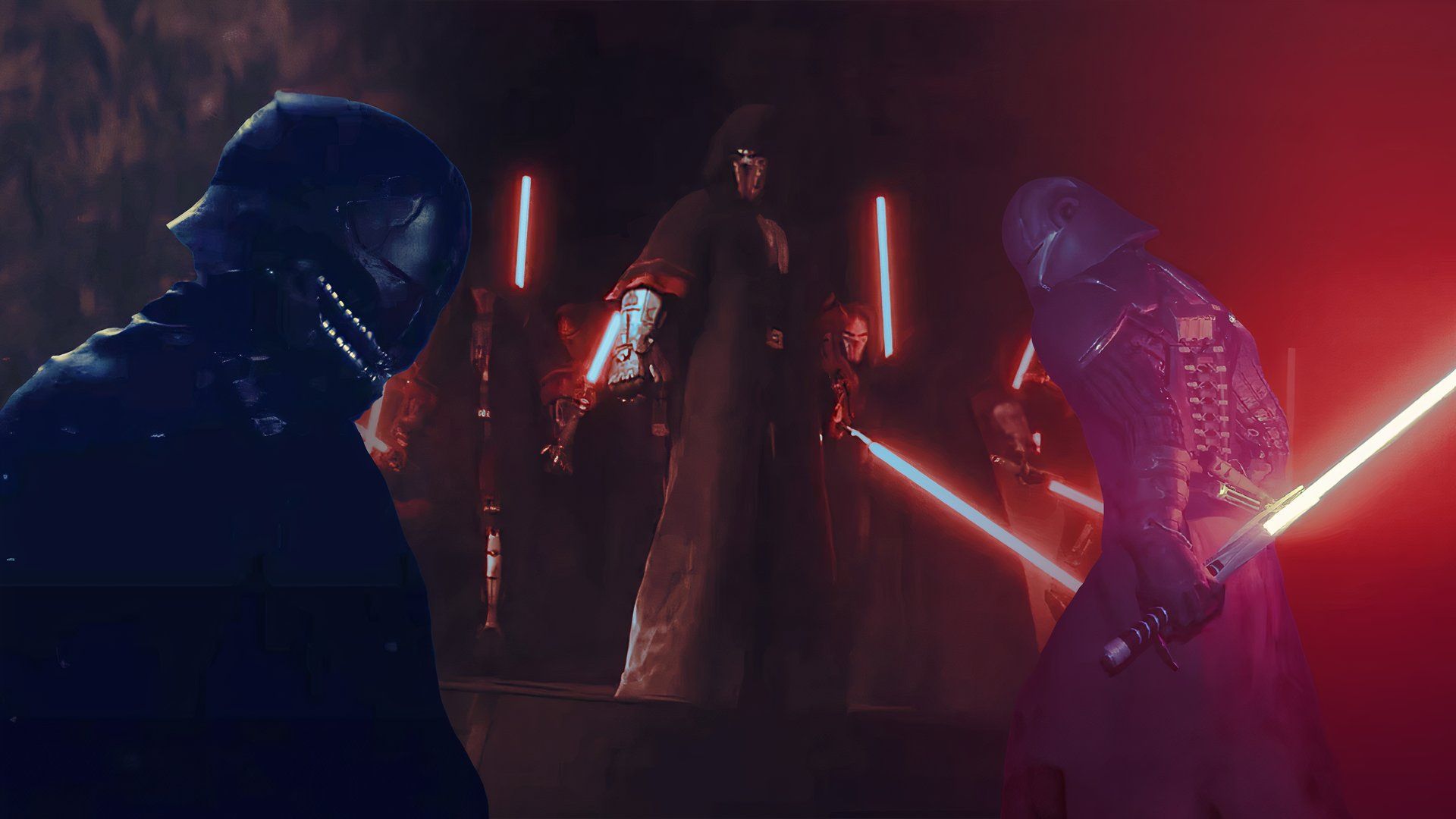


Related
Could a Legendary Star Wars Sith Lord Finally Make a Live-Action Appearance in The Acolyte?
With The Acolyte taking place 100 years before The Phantom Menace, it means a legendary Sith figure might finally make his live-action debut.
Obviously, the similarities between the samurai and the Jedi are striking. Both groups consisted of trained warriors tasked with protecting the innocent, waging military conflict, or peacekeeping. The ronin, who were sometimes known to go rogue and unleash chaos upon the world without a deeper cause to serve, could arguably parallel the Sith. Even the robes that distinguish a Jedi look similar to garments found in ancient Japan, and lightsabers are nothing but samurai swords given a futuristic upgrade.
Obviously, George Lucas drew inspiration from countless different real-world myths and religions when he conceived Star Wars, and indeed, the franchise at its best can feel like a classic spaghetti western or an Arthurian fantasy epic. Yet even for all those other clear parallels, the connection between the Jedi and the samurai is too clear to ignore, and no filmmaker popularized the latter group the way Akira Kurosawa did. When we think of samurai, odds are it’s the Kurosawa depiction we think of, so his subsequent influence on Star Wars isn’t just obvious – it’s inescapable.
Kurosawa’s Rashomon Helped Shape The Acolyte
One of Kurosawa’s most famous films, Rashomon, was also one of his most influential. That film, depicting the aftermath of a samurai’s murder in a forest, replayed the events of the story multiple times. Each time, the story was told from a different character’s perspective, and each time, it unfolded slightly differently depending on the narrator. This allowed Kurosawa to illustrate how life is subjective and how reaching an emotional truth means accepting uncertainty. Countless films today follow Rashomon’s structure, like 2008’s Vantage Point and 2021’s The Last Duel, but its influence always escaped Star Wars – until now.
One of the most promising things about The Acolyte is how it seems to bring Star Wars into a more morally ambiguous direction than we’re used to. Squid Game’s Lee Jung-jae plays Sol, a Jedi Master tasked with apprehending a warrior (Amandla Stenberg) from his past with a dangerous vendetta against the Republic. From the start, we’re placed in Sol’s shoes and are forced to empathize with him, but later episodes give us deeper insight into Stenbrerg’s character and allow us to understand her disillusionment with the Jedi.
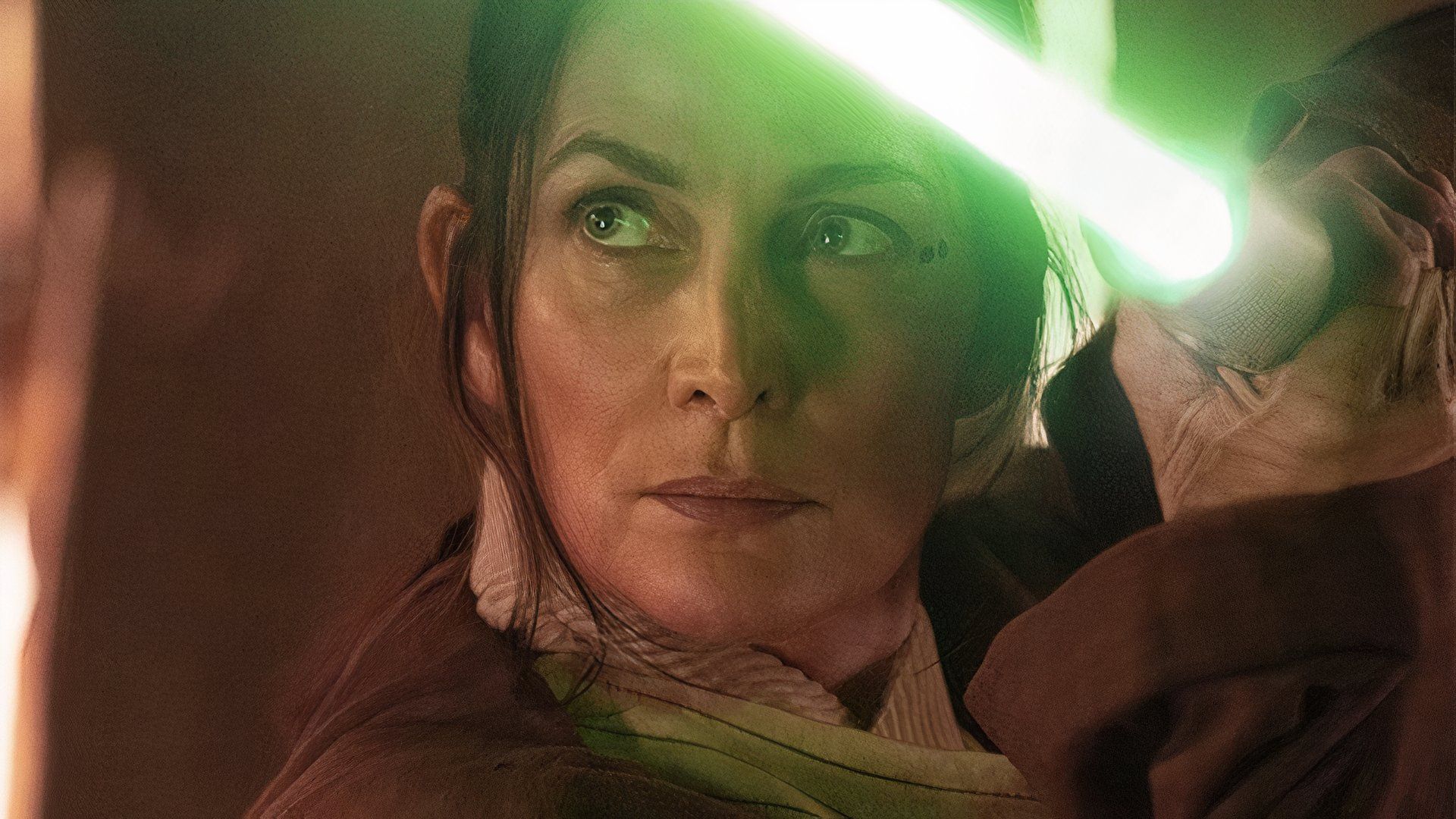


Related
New Star Wars BTS Video Celebrates The Best Fight Choreography The Galaxy’s Ever Seen
A new featurette for The Acolyte showcases some breathtaking fight scenes as Jedi face down against a rogue assassin.
Creator Leslye Headland, in an interview with The Hollywood Reporter, specifically cited Rashomon as a key influence: “One thing to know about the show is that we’ve been talking about it as a mystery-thriller. It is a serialized story, so each episode gives you more information about the story…. You see one story and then you see it done a different way.” Additionally, recent Star Wars films and TV shows have gone out of their way to depict the Jedi Order as complacent at the height of their power, blinded to the threat Palpatine posed until it was too late.
But even though everybody knows the endpoint of the journey, Headland saw this as a way to explore how things went wrong: “The Jedi are a benevolent, well-intentioned institution, but they are an institution, and they have amassed all the power. So the question becomes when did that happen, and since we know where they’re headed in Phantom Menace, what went wrong? What are the cracks in that? So you definitely get the point of view of the Jedi, especially in terms of Amandla’s character and trying to stop her and hunt her down. But you also get enough of Amandla’s character’s perspective that you can also see how both of them exist simultaneously.”
An Exciting New Direction for Star Wars
Star Wars has always been at its best when it leans into its classical influences, particularly its ronin iconography (as evidenced by a full-on samurai duel in “The Jedi,” arguably the best episode of The Mandalorian). While Akira Kurosawa’s filmography has arguably shaped the entire thematic foundations of the series, the prospect of seeing Star Wars go even further into his legacy and taking structural risks is an exciting one. As evidenced by many of the franchise’s Disney+ series ending weaker than they started, whether The Acolyte can completely pull it off remains to be seen. But the two-part premiere was a promising start and an exciting new direction, and we can’t wait to see where it goes from here. The Acolyte is streaming now on Disney+, with new episodes released each Tuesday.






